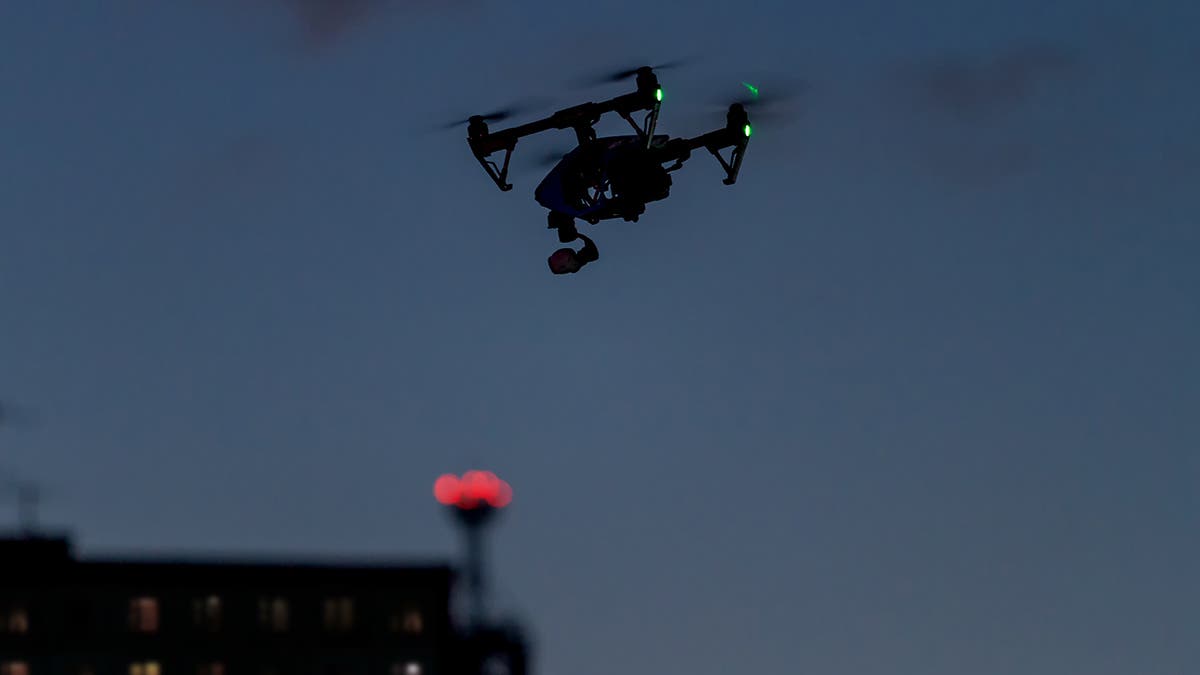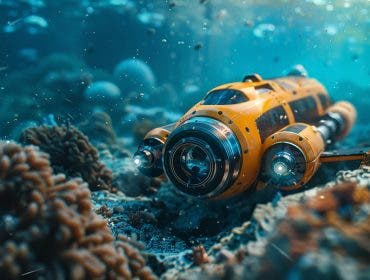Although the latest advancements in uncrewed aerial systems have helped make the flying of drones accessible for the masses, whether or not one can operate them at night continues to be a major source of confusion for enthusiasts and professionals alike. This is partly due to the many regulations surrounding drone operation at night as well as the recent revisions that were introduced.

What operations benefit from flying a drone at night vs daytime?
There are many reasons why pilots will want to fly their drones at night vs the daytime. Examples include hobbyist aerial photography/videography as well as professional aerial photography/cinematography. Plus, it’s could be beneficial for law enforcement operations, public safety monitoring, livestock monitoring, wildlife monitoring, aerial inspections, drone thermography, and land surveying/mapping.
Certain drone operations, particularly those involving the use of drones equipped with infrared cameras or LiDAR sensors, benefit from nighttime deployments. In addition to offering significantly improved visibility at night, the generally lower ambient temperatures at night also allow infrared imagery to easily identify missing persons during nighttime search and rescue operations and to spot wildfires at a distance during nighttime land surveying and monitoring operations.
LiDAR-equipped drones are often used to carry out aerial 3D mapping operations. Coincidentally, LiDAR also happens to work better at night since it uses pulsed laser light to measure distance. Sunlight, meanwhile, can sometimes interfere with LiDAR emitters and sensors.
Can hobbyists and professionals (including government agencies and organizations) fly drones at night? If so, what do they need to know?
The short answer is, “Yes”.
Recreational operators have always been allowed to fly their drones and radio-controlled aircraft at night. FAA regulations say you should follow a CBO’s (Community Based Organization) guidelines, and the one used most is the AMA’s (Academy of Model Aeronautics) as there are no FAA approved Community Based Organization (CBO) safety guidelines currently. The AMA’s guidelines require anti-collision lighting for hobbyists to fly at night. No recreational flyer has to follow any 107 regulation as long as they’re flying under 44809, the Recreational Exception to Part 107.
What types of lights do hobbyists/recreational flyers need?
Currently, 3SM strobes are a Part 107 requirement only for night operations. This may change
according to FAA Advisory Circular 91-57C that came out on 10/20/22. New CBO safety rules may require 3SM strobes for recreational night flights, but they don’t for now.
Adorama does offer several anti-collision drone lights for your kit.

Part 107 & Professional Pilots
What are the new Part 107 rules for flying at night? Effective April 21, 2021, drone pilots licensed under Part 107 are allowed to operate at night under two conditions:
- They complete an online recurrent training or updated initial knowledge test
- Their drones are equipped with anti-collision lighting visible for at least three (3) statute miles and are flashing at a rate sufficient to avoid a collision. (A statute mile is a linear unit of measure equal to 1,760 yards/approximately 1.609 kilometers, not to be confused with nautical miles).
Pilots who currently hold a Part 107 license need to complete an online recurrent training course on the FAA Safety website. This training course includes topics related to night operations. This test is free and takes 30 minutes to complete.
As long as you meet these conditions and you are in compliance with other regulations set forth within Part 107, you are free to fly your drone at night.
Be sure to consult the FAA’s Part 107 Waivers page for the most up-to-date list of waivers required to operate a drone. Consider also purchasing drone lights, which can be added to the drone for extra visibility. If you would like to fly drones at night and are interested in learning everything there is to know about doing so like a professional, you’ll also want to check out our 2 Day In-Person Unmanned Tactical Group UAS Night Operations Course.






